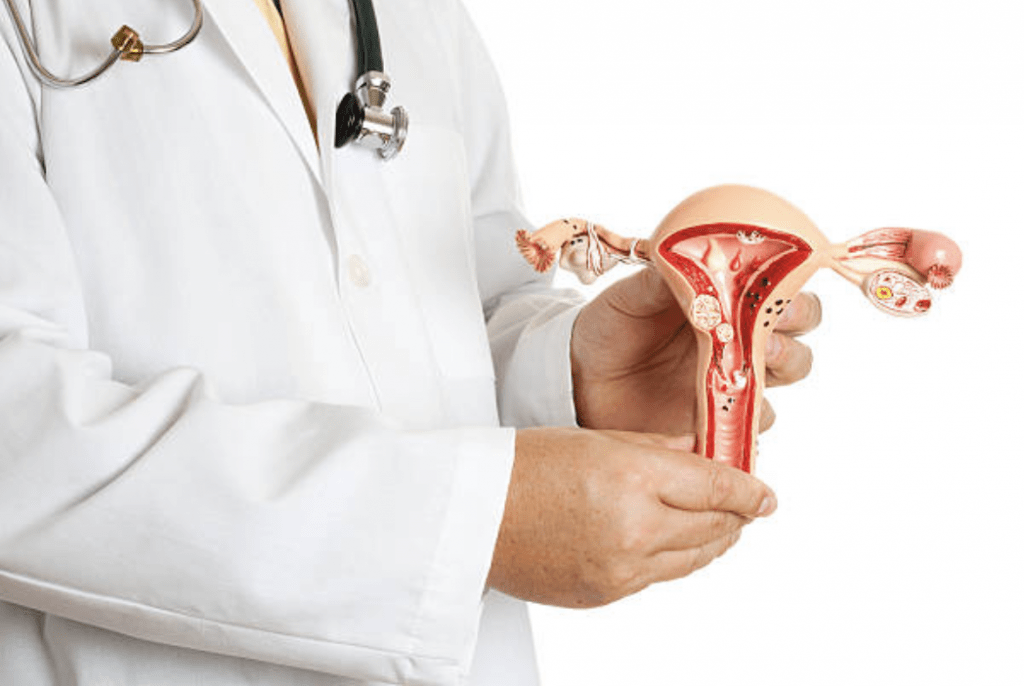Uterine Fibroids
Uterine fibroids are found in 25% of women older than 35 years with common symptoms ranging from excessive uterine bleeding, pelvic pressure and pain, recurrent pregnancy loss and infertility. Pregnancy loss and infertility appear mostly related to submucous or intramural myomas in close proximity to uterine cavity.

Women who had a submucosal or intramural fibroid resulting in abnormal endometrial cavities had significantly lower IVF pregnancy rates than infertile controls, with pregnancy and delivery rates increased above those of infertile controls after myomectomy.
With the advent of hysteroscopic resection, such lesions can be easily removed via a relatively minor surgical procedure with reduced risks, shortened hospitalisation, reduced costs and better results.
Complete removal of submucosal fibroids can be achieved by hysteroscopic myomectomy in more than 90% of cases. In the remaining 10% with a significant intramural component, the remaining lesion can be removed during a second operation or laparoscopically particularly when fibroid being transmural when the defect can be repaired properly.
Recent publications have suggested that intramural fibroids can impair results of IVF (implantation) despite the absence of intracavitary involvement. Laparoscopy has become the preferred approach as it is associated with reduced risks of haemorrhage and postoperative adhesions when compared with open myomectomy with less febrile morbidity, haemoglobin drop, pain and shorter hospital stay (mostly same day discharge or after overnight stay).
Dr Lok had undergone extensive training initially performing large number of open (laparotomy) myomectomies (surgical fibroid removal) in the late 90s and early 2000s in Adelaide and UK. In 2003/2004 Dr Lok spent considerable time in a centre in London pioneering laparoscopic fibroid removal. Returning to Australia,
Dr Lok started performing laparoscopic fibroid removal since 2004/2005 (likely among the first in the country) initially at Westmead Hospital using a mechanical morcellator. Dr Lok has since performed a large number of myomectomies mostly (if not all) through minimally invasive approaches either hysteroscopically or laparoscopically, even in women with very large and multiple fibroids with uterus well above umbilicus (over 24 weeks sizes).
Using laparoscopic uterine artery clamps and intra-myometrial infiltration of vasoconstrictive agents (e.g. vasopressin) most of such operations encounter minimal blood loss. Dr Lok closes the myometrial wound with laparoscopic sutures intracorporeally in multiple layers to eliminate all dead spaces to minimise risks of post operating blood loss and scar dehiscence in subsequent pregnancy. With minimal tissues handling and the use of adhesions prevention barrier (Interceed) to cover the uterine wounds the operation results in little adhesion formation (in contrast to open operations which are notorious in causing intraabdominal adhesions) to maximise subsequent natural conception chances and minimise postoperative complications.
The fibroids once removed are chained by suture (to avoid being lost in abdominal cavity) and put in a large purpose designed endoscopic bag (Espiner) and morcellated within, and removed through a small 1.5cm intra-umbilical incision (leave no visible scar) even for fibroid with size over 15cm. The intra-bag fibroid morcellation ensures complete tissue removal, prevents any fibroid tissues or chips from being spilled or left intra-abdominally forming parasitic fibroid or worse with undiagnosed malignant tissues.
Have a Question or Enquiry?
If you have a question on enquiry related to fertility medicine or a related treatment, please get in touch and one of our friendly team will get back to you.
